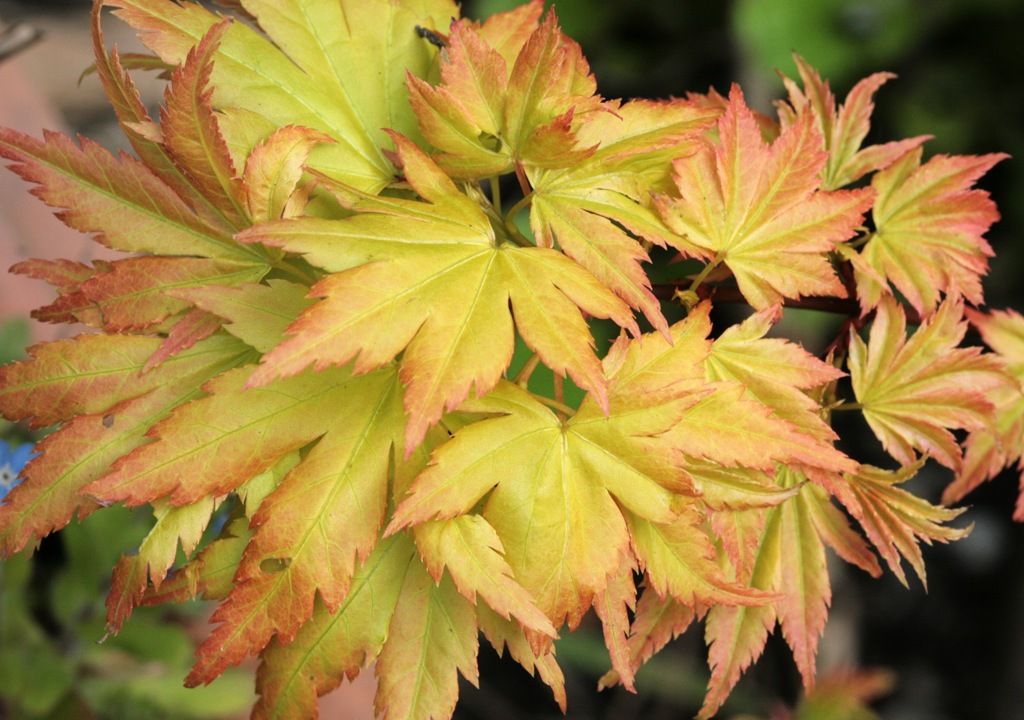-
 Substitution deposit
Substitution deposit
-
 Error rate
Error rate
-
 Kleptoplasty
Kleptoplasty
-
 Ultrasound
Ultrasound
-
 Decarbonisation
Decarbonisation
-
 Vocal cord
Vocal cord
-
 Hydra
Hydra
-
 Thermal bridge
Thermal bridge
-
 Casimir effect
Casimir effect
-
 SCAR
SCAR
-
 Vitamin
Vitamin
-
 Bathymetry
Bathymetry
-
 Boreal forest
Boreal forest
-
 Encoding
Encoding
-
 H.262
H.262
-
 Terminator
Terminator
-
 Interstellar dust
Interstellar dust
-
 EEG
EEG
-
 Acutance
Acutance
-
 Growth factor
Growth factor
-
 Collenchyma
Collenchyma
-
 Perihelion
Perihelion
-
 ATV-CC
ATV-CC
-
 PABX
PABX
-
 Wetland
Wetland
-
 Soda straws
Soda straws
-
 Noise pollution
Noise pollution
-
 Dry process
Dry process
-
 Caudal
Caudal
-
 Cocoon
Cocoon
Japanese maple
The Japanese maple is a beautiful ornamental tree, growing from 8 to 10 metres high, which essentially thrives in regions with peaty soil.

Japanese maple. © mrlins, Flickr CC by 2.0
Names
The Japanese maple (Acer palmatum) is a member of the Aceraceae family.
Botanical description
The trunk of this tree is twisted and has lots of branches. Its light brown bark cracks and becomes grey with age. Its leaves have several sharp lobes and pubescent petioles. This deciduous foliage turns very beautiful colours in autumn, from yellow to bright red.
Its flowers are reddish. Its seeds are carried by samara. Tree breeders have succeeded in creating a large number of varieties of this species, each one more beautiful than the next.

The Japanese maple is an essentially ornamental tree. © Joi Ito, Flickr CC by 2.0
Origins
As its name indicates, this species comes from Japan. In that country it has always been grown for the beauty of its autumn foliage, and sometimes as a bonsai. In 1820, the Swedish botanist Thunberg brought this species to Europe.
Growing conditions
The Japanese maple can only survive in acid, humid and well-drained soil, in partial shade sheltered from the wind. This species can tolerate temperatures as low as -25 °C.
Use
The Japanese maple is essentially grown for its decorative properties. Its Latin name "acer", which means "pointed", was given to it because in ancient times its wood was used to make spears.
Author: Michel Caron
 Acer palmatum. © suziesparkle, Flickr CC by nc-sa 2.0
Acer palmatum. © suziesparkle, Flickr CC by nc-sa 2.0
Latest
Fill out my online form.



